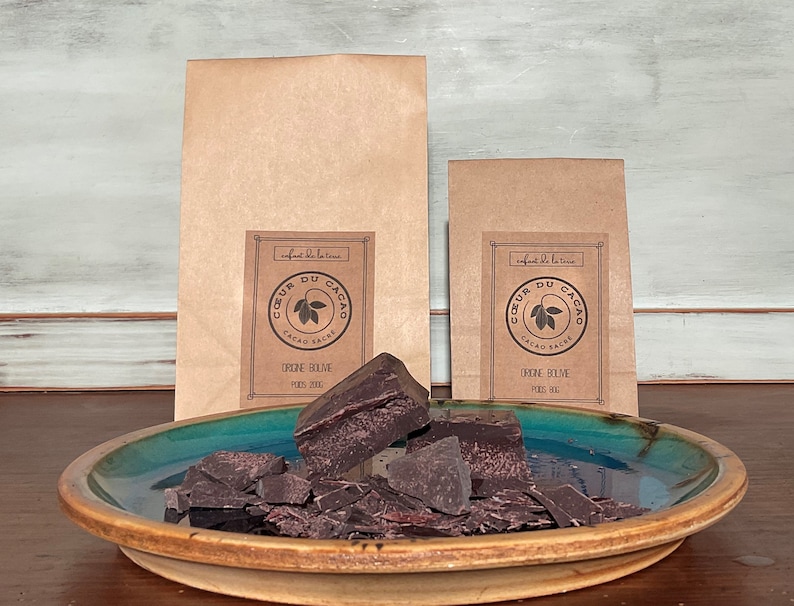Today Bolivia is one of the poorest countries in Latin America and produces less than 0.1% of coffee worldwide.
- In the middle of the 19th century, Dutch merchants brought Arabica coffee from the north to Bolivia.
- The Bolivian coffee market was not interesting for traders for a long time, because it does not have its own port and therefore the beans have to be brought to Peru and shipped from there.
- In order to change this, the USAID launched a program together with the Bolivian government in 2001.
- In Yungas, wet mills were built. That increased the Bolivian coffee quality.
- The Bolivian Coffee Association (ACEB) and the “Cup of Excellence” also contributed to the quality improvement.
- So, In 2009, the farm Agrotakesi SA won the COE with 93.36 points.
- Today, 17,000 families in Bolivia produce coffee.
Advertisment
- 95% of cultivation areas are located in the north-west of the country, in the “Departamento La Paz“. The area of Yungas stands for excellent coffee quality.
- Further smaller regions are Santa Cruz, Beni, Cochabamba, Tarija and Pando.
- Predominantly are Arabica varieties like Caturra and Catuai, which grow to heights of 1,100 to 2,000 m.
- Almost nowhere fertilizers and pesticides are used.
- Sustainable coffee production and effective marketing are also the main objectives of the Bolivian Ministry of Agriculture.
- The coffee is low in acidity, has a sweet taste. Some Catuais have a special fruit and berry flavour.
Advertisment
Bolivian Coffee: Traditional Preparation
- The Bolivians consume only 1/4 of their own coffee.
- 73% consume instant products; 24% drink grain or filter coffee and only 3% espresso and co.
Café Puro
- Americano or filtered coffee
Cafecito
- A small strong coffee with sugar, similar to an espresso
Cortadito
- A small strong coffee with a little bit of milk
Café con Leche
- Cafe latte
Cremolada de café
- Mix 2 cups of warm milk with 3 cups of strong coffee, 1 cup of sugar, ½ tbsp ground cinnamon and a pinch of nutmeg.
- Add 2 cups of water and stir well. Place in the freezer until the mixture starts to freeze.
- Serve in glasses and decorate with 300ml whipped cream and 50g cocoa powder.
Bolivian Coffee Shops
If you are traveling in Bolivia, you will certainly find a cozy café here
For advertising links on this page the dealer may pay a commission. These advertising links are marked with an asterisk (*) – images and banners are marked with “Ads” or “Advertisment”. There are no costs for you. Find more information in the data protection regulations here.








